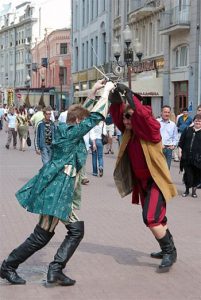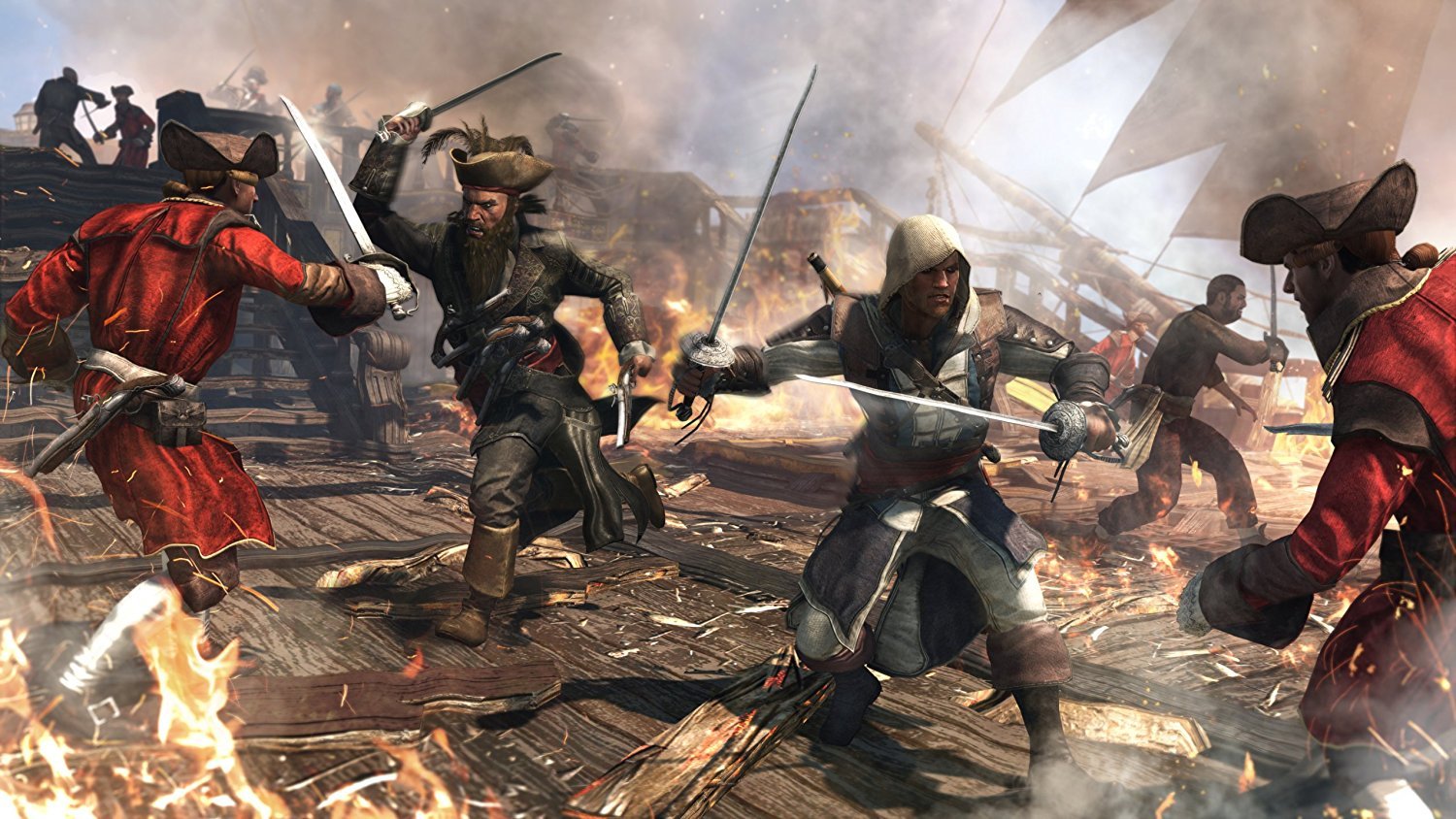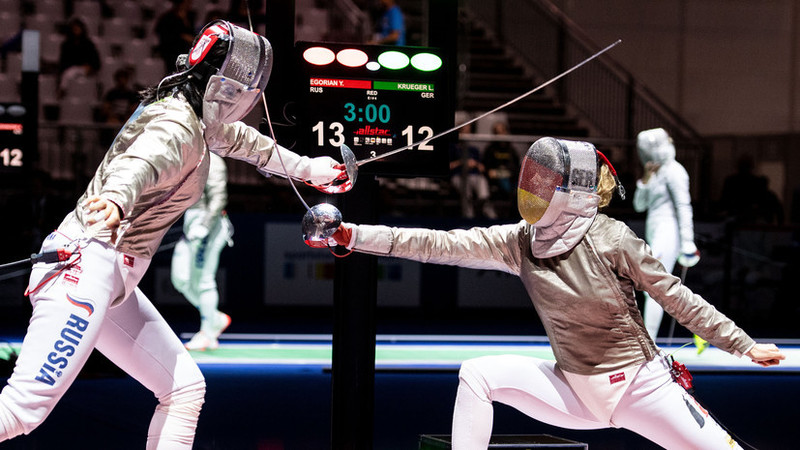Sword tip and its setting
 The joyful moments that a successful and beautiful injection delivers to the athlete are noted, as is known, by the burning lamp of the electric fixator. In order for an injection to be awarded without fail, you need to be sure not only of your own skill, but also of the reliability of your weapon. The most significant problems in this regard are usually associated with the tip of the sword. They are the most difficult to track and correct. If it is impossible not to notice a torn sizing or a broken blade, then it is not always easy to understand about the tip of a sword whether it works as it should or sometimes fails. To successfully cope with the elimination of such malfunctions, you need, firstly, to very well imagine the tip device. Let’s look at it in more detail. Continue reading
The joyful moments that a successful and beautiful injection delivers to the athlete are noted, as is known, by the burning lamp of the electric fixator. In order for an injection to be awarded without fail, you need to be sure not only of your own skill, but also of the reliability of your weapon. The most significant problems in this regard are usually associated with the tip of the sword. They are the most difficult to track and correct. If it is impossible not to notice a torn sizing or a broken blade, then it is not always easy to understand about the tip of a sword whether it works as it should or sometimes fails. To successfully cope with the elimination of such malfunctions, you need, firstly, to very well imagine the tip device. Let’s look at it in more detail. Continue reading
FENCING. DESCRIPTION, RULES, HISTORY
 Fencing is a sport that combines three disciplines: rapier, sword, saber.
Fencing is a sport that combines three disciplines: rapier, sword, saber.
Competitions in men are held in three types of weapons – rapier, saber, sword, in women – rapier and sword. Touching the opponent’s surface with a weapon is determined by the judge and with the help of an electrofixer.
Sports rapier with a total length of up to 110 cm and weighing up to 500 g, the hand is protected by a round guard with a diameter of 12 cm.
A sports saber up to 105 cm long, weighing up to 500 g, a steel elastic blade of a trapezoidal variable section with a guard protecting the hand. Continue reading
“Stage (artistic) fencing”
 Artistic fencing has long gone beyond the boundaries of theater and film sets, has ceased to be only the discipline of theater studios and universities and the exclusive privilege of theater artists, cinema, actors and stuntmen. Art fencing has become the property of a wide range of enthusiasts and fans, an exciting and extremely spectacular sport.
Artistic fencing has long gone beyond the boundaries of theater and film sets, has ceased to be only the discipline of theater studios and universities and the exclusive privilege of theater artists, cinema, actors and stuntmen. Art fencing has become the property of a wide range of enthusiasts and fans, an exciting and extremely spectacular sport.
Artistic fencing is a harmonious fusion of the perfect fencing and artistry technique, light and music, directorial concept and embodied image, hard work in the training room and the magic of the stage … This combination allows his fans to rise to the heights of sportsmanship and to a high level art. Continue reading
Differences between Sports and Stage Fencing
 The main difference between sports and stage fencing is that in sports fencing, the result is a victory in a duel, and in stage fencing, an assessment of the audience. This defines the different tasks that stage and sports fencing is designed to solve.
The main difference between sports and stage fencing is that in sports fencing, the result is a victory in a duel, and in stage fencing, an assessment of the audience. This defines the different tasks that stage and sports fencing is designed to solve.
The task of stage fencing is to teach future actors to conduct a believable, aesthetically verified, expressive duel, filling it with sculptural positions and scenically spectacular movements. The task of sports fencing is the formation of the athlete’s technical and tactical skills, general physical and psychological qualities that allow him to prevail over rivals in fights. Continue reading
Stage and sports fencing
 Sports fencing is a combat sport with knives. Fencing battle is a conditional duel on edged sports weapons, regulated by the official rules of the competition. Classical fencing, subject to the rules developed by the International Fencing Federation (FIE), the elected body governing the entire international fencing sporting life, contains the following types of fencing: foil fencing, saber fencing and sword fencing.
Sports fencing is a combat sport with knives. Fencing battle is a conditional duel on edged sports weapons, regulated by the official rules of the competition. Classical fencing, subject to the rules developed by the International Fencing Federation (FIE), the elected body governing the entire international fencing sporting life, contains the following types of fencing: foil fencing, saber fencing and sword fencing.
Rapier is a piercing sporting weapon. The use of only piercing strikes and a small affected surface (compared with other types of weapons) create favorable conditions for defense and difficulty in injecting in an attack. Fencing on rapiers at a distance much shorter than on other types of weapons, and, as a rule, do not resort to deep waste, so the fencers fight are very intense. Continue reading



